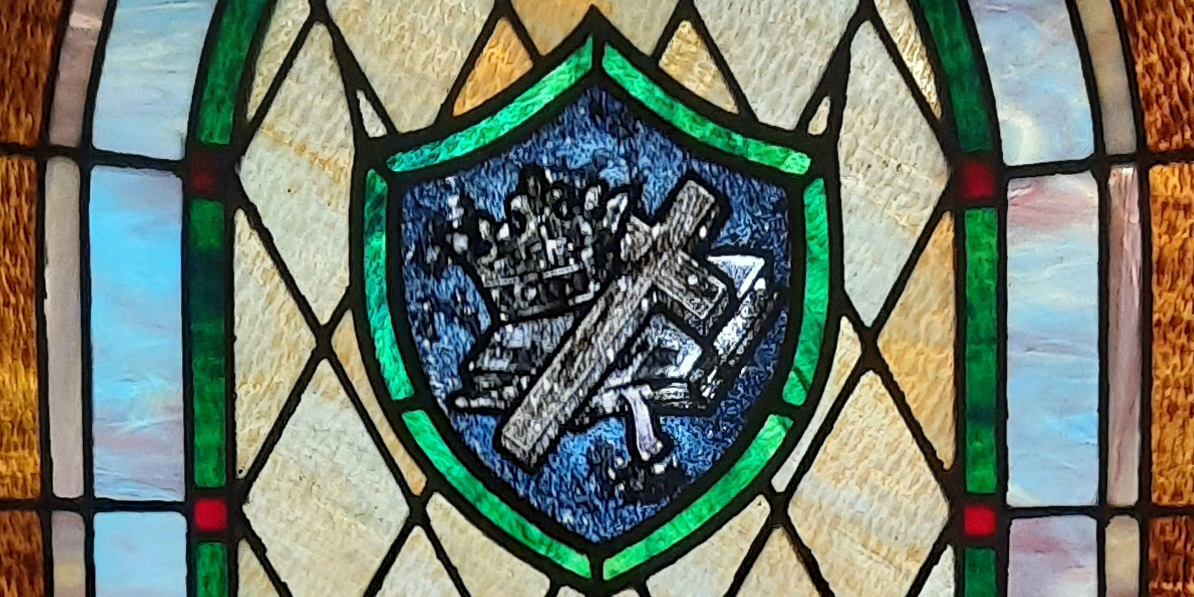
This week’s reading, John 3:14-21, contains what is undoubtedly the best known scripture reference, John 3:16.
Often seen at sporting events and other public gatherings, it highlights a verse at the heart of the passage, “For God so loved the world that he gave his one and only Son, that whoever believes in him shall not perish but have eternal life.”
Stripped of its context, though, the verse loses its power, and can be read as just a feel-good statement; for someone unfamiliar with the gospel, “gave his one and only Son” understates the depth of the gift of crucifixions and resurrection, and “have eternal life” can be interpreted as only a reference to a vaguely understood afterlife, not the radical and immediate life-change it truly represents.
Comments (3)
Comments are closed.
A friend in college visited the campus ministry with me a few times, then quit attending.
When I asked him about it, he said the people there made him feel bad about himself. While I knew that there were several aspects of his life that many of my friends at the campus ministry would find contrary to the Christian ideal, I was surprised that any of them would have been anything but welcoming, so I asked him who had said things.
He said it wasn’t that…in fact, people had gone out of their way to make him feel accepted. The problem was that he saw his life in comparison to the way other people were living and it made him ashamed.
At Cross Roads we were recently talking about when to confront people about sin, and when it was best to just be accepting and loving, and I thought of this incident.
Often, confronting people with their sin happens whether we intend it or not.
Verse 20 says, “Everyone who does evil…will not come into the light for fear that their deeds will be exposed.”
Making sin visible doesn’t usually require shining a spotlight on it – it’s enough to chase away the darkness sin was sheltering in.
The times where going out of our way to confront someone of their sin are very few and very far between – most of the time, I find it’s best to err on the side of compassion, and be ready to respond when the light of Christ does its work.
What about condemnation?
John 3:17-21 provides one of the clearest explanations we have of why some people are condemned: they choose to be.
I’ve often heard criticisms of Christian belief that are along the lines of, “If God is really loving, why isn’t everyone saved?”
It’s actually not a bad question, but the answer is plain in verse 18: “Whoever believes in him is not condemned, but whoever does not believe stands condemned already because they have not believed in the name of God’s one and only Son.”
Salvation is freely offered to all, but no one is forced to accept it.
So what’s with the snake?
It was tempting to just start the reading with verse 16, since the verse about the snake is kind of obscure and a bit odd…but it’s always safe to assume that if something is in scripture, there’s a reason for it. Also, I find that the recommended lectionary texts usually have logic to them as well, even though it’s not always obvious at first reading.
If we had used all of the recommended lectionary readings, that would have included Numbers 21:4-9, which tells the story of when poisonous snakes afflicted the Jewish people in the wilderness. God told Moses to make a poisonous serpent and put it on a pole, “and everyone who is bitten shall look at it and live.”
I’m not sure that drawing an analogy between that and the crucifixion really helps in understanding, but it does a couple of important things: it draws attention to the crucifixion as background to the verses about to come, and it serves as a reminder that the salvation story of the New Testament is a continuation of God’s actions in the Old Testament.